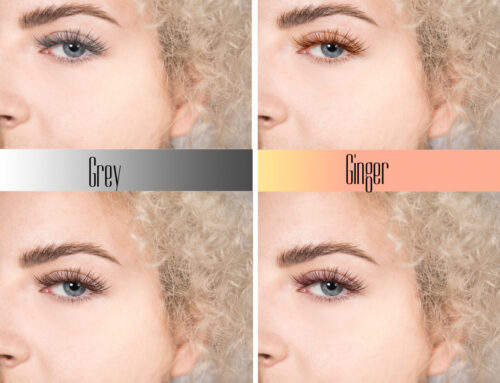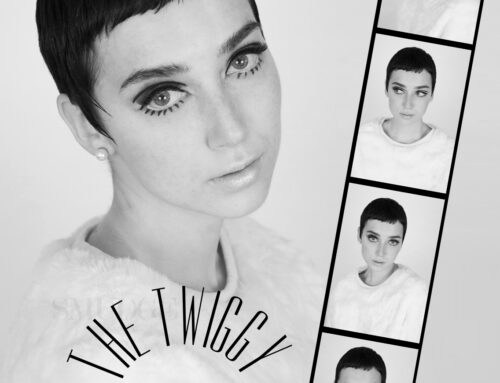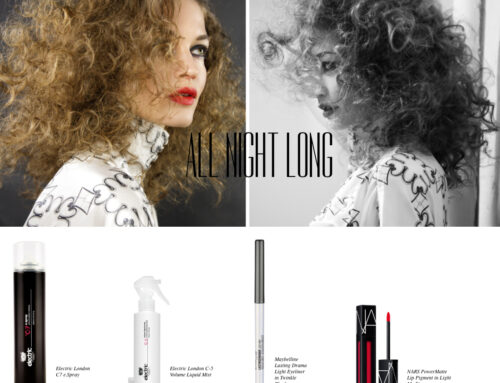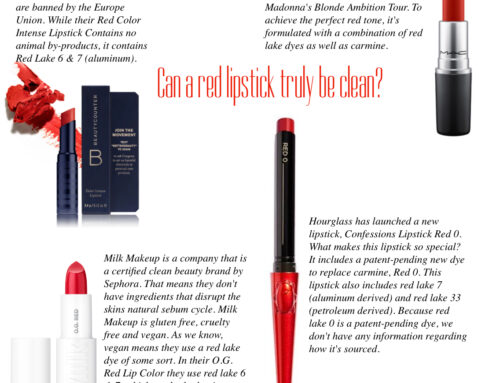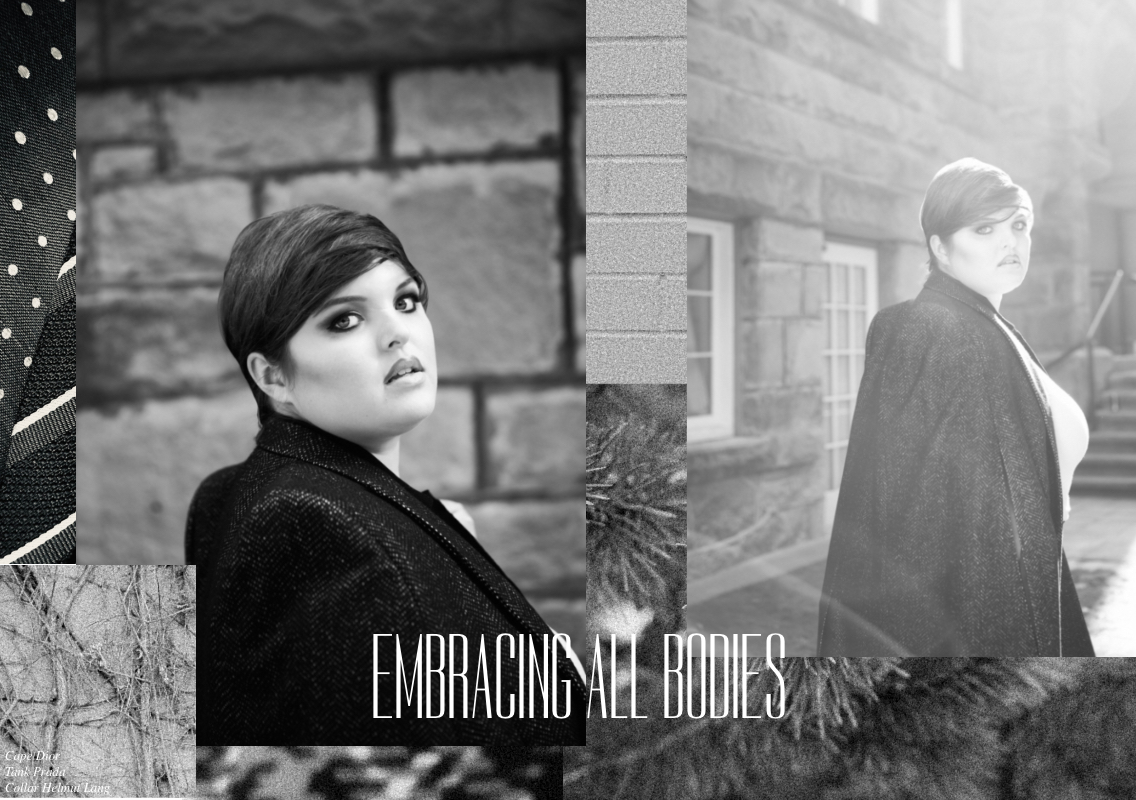
“You’re so pretty for a big girl”. I turned my head in the direction of where this diminishing comment came from and saw an elderly lady decked in a floral tapestry from head to toe sitting outside the Starbucks I had just walked out of. ‘Excuse me?” I wanted to make sure I heard correctly. She said it again, but this time with a huge smile on her face as though I should have been proud of the supposed compliment she had directed at me. “Ok’ is all I could think of saying as I walked away, my beverage in hand and wondering when comments like that would stop.
I’ve always been a ‘big girl’. Curvy and full since childhood, I grew up with waif, thin models gracing the cover of every single magazine I read. Magazines were my reading material of choice as a form of escapism. I wanted to look like the models glossing all those pages. Long legs, thin waists, shiny hair and sparkling teeth. I was too young to know the realities of the industry and I didn’t understand the pressures, the lack of inclusion and more than anything, the lack of representation of what the myriad of women’s body shapes looked like.
The fashion industry has not had a history of body inclusivity. The current generations have been fortunate to experience more and more designers who design for all body shapes. They have had the luxury of seeing different shapes and sizes walk the runways of fashion week. Inclusivity has become a popular trend. A trend that I hope will stick around and no longer be considered a trend, but when thinness is still considered to be the standard of beauty and body positivity models, influencers, actresses and so on continue to have to fight to have their voices and bodies seen and heard, it hasn’t become a standard, ergo, a trend.
When Lane Bryant launched their #ImNoAngel campaign in April of 2015, many wondered whether it was in direct response to the lack of body inclusivity in the media and specifically towards the Victoria’s Secret Fashion show. A show that is notorious for presenting thin, beautiful women as the considered ideal of attractiveness. Lane Bryant’s CEO was very strategic when they decided to air the #ImNoAngel commercial featuring models and actresses of varying fuller sizes. Calling the campaign a “call to action”, Lane Bryant was encouraging the celebration of inclusivity of all shapes and sizes to be considered standards of beauty. Fast forward 8 years, can we say this call to action has stayed the course?
Victoria’s Secret is set to relaunch its famous fashion show that is said to include a wider variety of body shapes and sizes. Many brands have been put on blast for their lack of inclusivity, diversity and equity amongst its clientele. An argument can be made for brands such as Victoria’s Secret, Lululemon, Aritzia et al. who are trying to ‘win back’ a lot of their customers, are these brands actually wanting to change their previous philosophies or are they jumping on a body positivity bandwagon to save face? Are they being inclusive for inclusivity’s sake or are they actually listening and implementing change with an understanding of what the community wants and needs. If they’re simply benefiting from the mainstream effect of body positivity movement and influencers, yet showcasing thin models in all their garments, what part of any of this is positive change.
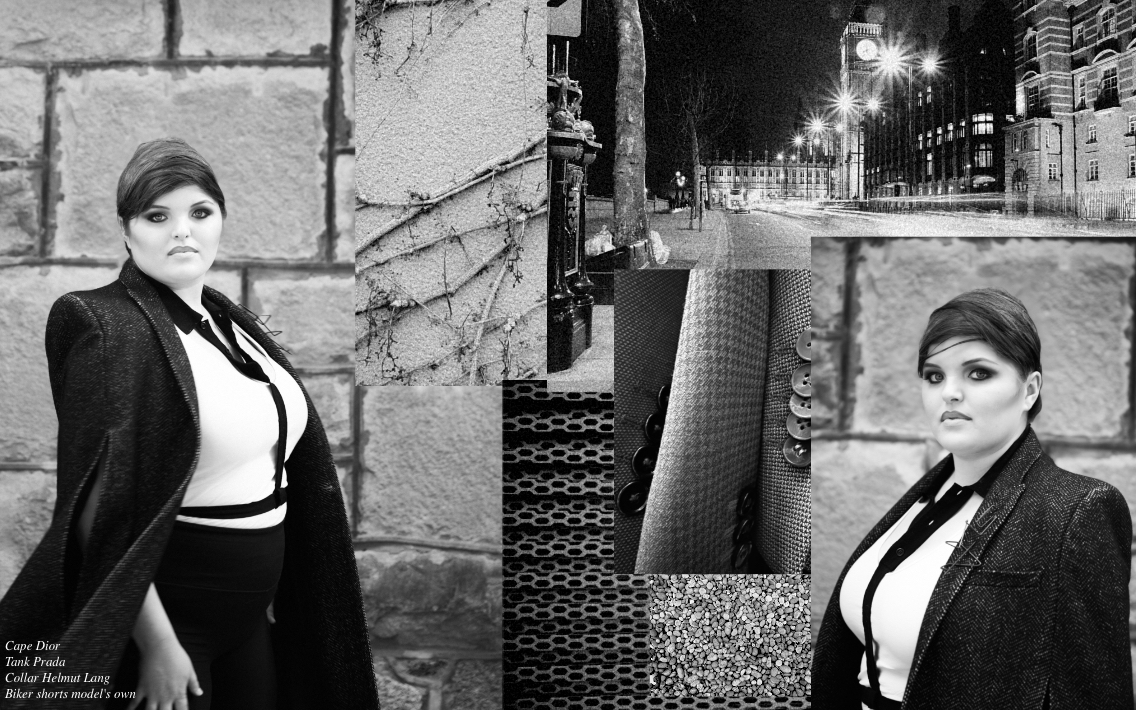
Ozempic has been a drug that has made its way into the news and into the bodies of many, many women. Ozempic is a type 2 diabetes drug that helps regulate insulin levels and insulin resistance for those who experience type 2 diabetes. The drug has different dosages and is a once a week jab injected in the body. It has been touted as an easy weight loss drug as well as in its quest to assist with insulin resistance, it always staves off hunger thus causing its user to lose weight. There were rumors a Kardashian was using it, Chelsea Handler came out and said she used it (but didn’t know that’s what it was). It is a get thin quick type of drug that has its own series of side effects but the root of it plays to societies need to be thin. To take a drug meant for insulin resistance to keep our bodies at a certain level of thinness, to me, shows that our society continues to feel pressure to be thin.
It begs the question of what and when will we be happy with existing in the bodies that we have. What shapes and sizes will be considered to be healthy. If we see more variety of different shapes and sizes on the runways, in magazines, on screen, mannequins and just walking around, will that allow us to be more accepting? Would that cause us to rethink our own biases towards our own bodies?
At the end of the day, it makes me wonder whether any of this has any impact on how we choose to live, to dress, what to wear and what appeals to us if we aren’t accepting of our own bodies. All shapes, sizes, heights, creeds, ethnicities are considered to be beautiful. When we are exposed to beauty, be it through fashions, beauty campaigns, the actors gracing our screens, it encourages us to celebrate beauty. It’s our responsibility to encourage the celebration of what is considered to be beautiful, to open the dialogue of body acceptance and inclusion in all facets of fashion and beauty. And in this humble writer’s opinion who has struggled with her own body, with what she wears, her own views, her own acceptance of what is deemed attractive, inclusive and appealing and continues because she wasn’t exposed to inclusivity in her youth, it would be a shame if we didn’t.
Dior Forever Matte Skincare Foundation/Makeup Forever Aqua Resist Waterproof Brow Pencil/MAC Sculpt & Shape Palette in Light Medium/MAC Stone Lip Pencil
MODEL: KAMY – WILD MANAGEMENT
PHOTOGRAPHER: POOYA NABEI
STILL LIFE PHOTOGRAPHY: SHOHREH SHARAFI
RETOUCHER: ALECIA HACK
MAKEUP, HAIR, STYLING, CREATIVE DIRECTION: JORDY POON & LEAH ELLISTON
PRODUCTION: INDEPENDANT LABEL CREATIVE

